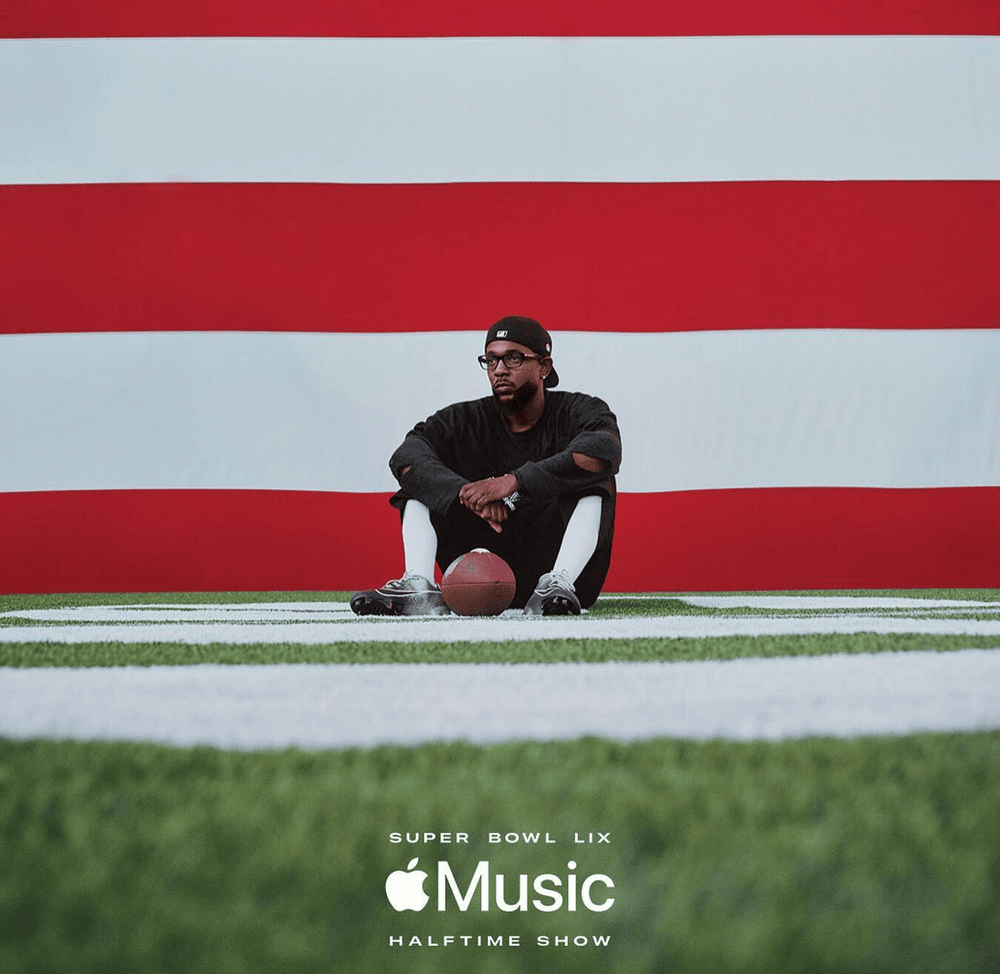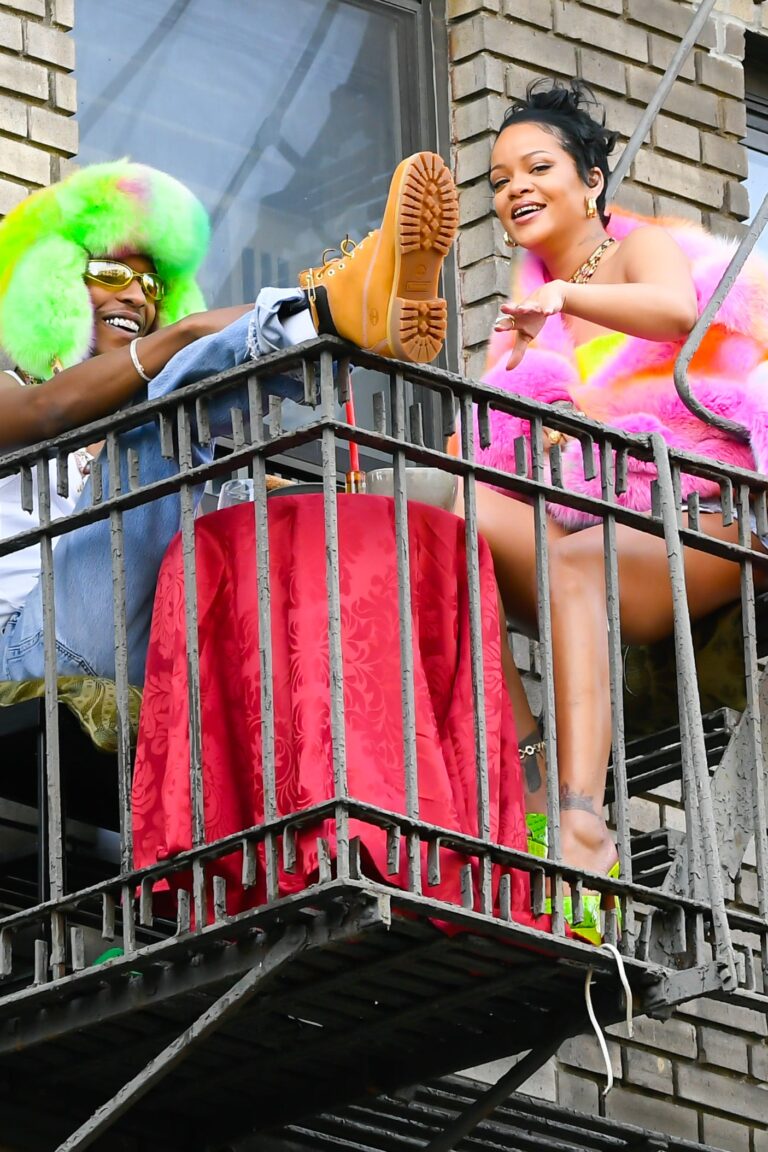
Audience
- Sentiment: Positive
- Political Group: Liberal
- Age Group: 18-35
- Gender: Male
Overview
- Kendrick Lamar’s Super Bowl halftime performance deviated from traditional expectations by showcasing new material and strong political messages.
- The performance sparked discussions about the responsibilities of artists in addressing social issues, challenging conventional entertainment norms.
- Lamar’s approach to merging art with activism represented a significant cultural shift, encouraging viewers to engage in meaningful conversations.
Kendrick Lamar’s Historic Super Bowl Halftime Performance: A Bold Statement on Culture and Politics
When you think of a Super Bowl halftime show, who comes to mind? Maybe dazzling performances by artists like Beyoncé, Justin Timberlake, or Shakira fill your thoughts. These sets often include a medley of greatest hits, designed to entertain the crowd and leave them buzzing. But in 2022, Kendrick Lamar turned this idea upside down during his halftime show’s historic performance. Imagine a concert that not only entertains but also delivers a powerful message. That’s precisely what Kendrick achieved, captivating over 133 million viewers with a bold show that went beyond just music.
A Break from Tradition
Kendrick Lamar has always been known for his artistic choices, and his Super Bowl performance was no exception. Traditional halftime shows usually rely on a line-up of the artist’s biggest hits. However, Kendrick took us on a different journey. Instead of showcasing songs from his past, he primarily spotlighted tracks from his recently released album, “Mr. Morale & the Big Steppers,” alongside the powerful hit “Not Like Us.” This was a risky move, considering the massive audience eager to hear fan favorites like “HUMBLE.” or “Alright.” But Kendrick’s choice revealed something groundbreaking: it showed that as an artist, he wasn’t afraid to express himself, even in an environment typically dominated by commercialism and nostalgia.
This emphasis on new material is crucial because it reflects Kendrick’s growth as an artist. Rather than merely resting on his laurels and pleasing the crowd with familiar tunes, he delivered fresh content that illustrated his evolution. Kendrick’s decision was a statement in itself—an assertion that art can be a medium for serious conversation and meaningful commentary.
The Power of the Performance
When we talk about Kendrick Lamar, we’re not just discussing music; we’re also diving into a treasure trove of political messages and social commentary. His performance at the Super Bowl didn’t shy away from addressing real issues faced by Americans today. He used powerful imagery and intense lyrics to symbolize struggles with race, inequality, and systemic problems within the United States. As he sang, viewers were treated to a visual narrative that accompanied his music, drawing people in not just for entertainment but for a discussion about the nation’s pressing problems.
For many viewers, this offered a jarring but necessary wake-up call. While people normally tune into the Super Bowl to celebrate the spectacle of sports and entertainment, Lamar’s halftime performance disrupted the usual cheer and applause with thought-provoking messages. It elevated the halftime show from just another commercialized event to a platform for social justice.
The Controversies: A Mixed Response
With great power comes great responsibility, and Kendrick’s bold performance was not without its critics. Many conservative commentators struggled with how to interpret Lamar’s message. Some praised his artistry but hesitated to fully appreciate his political stance. Others outright condemned the performance, fearing it rejected traditional American values or seemed too confrontational for a televised event widely watched by families.
This sparked a broader conversation about the role of artists in society. Is it their responsibility to speak out about important issues, or should they stick to entertainment? This question is particularly relevant in a world where artists can easily reach millions, sharing their messages far and wide.
In contrast to Kendrick’s boldness, artist Jon Batiste, who had performed earlier, garnered different reactions for his more upbeat and straightforward political statements. Some critics who dismissed Kendrick’s work found Batiste’s approach more palatable because it was less confrontational. This disparity shows how personalities influence our perceptions. Kendrick’s work challenges people to think deeply about important subjects, while others may prefer a more conventional approach to performance.
Cultural Impact and Future Directions
The discussion surrounding Kendrick’s performance also points to a significant shift in how we view entertainment. We live in an era where our screens aren’t just for passive viewing; they have become platforms for crucial conversations about society. As viewers, we are increasingly expecting more from our artists. They are not just entertainers but also influencers and thought leaders who can shape culture and inspire movements.
In retrospect, Lamar’s performance was a watershed moment for the Super Bowl. It demonstrated that artists can use their platforms to initiate dialogue and challenge the status quo. The aftermath of the performance has prompted conversations about the responsibilities of artists, the changing landscape of entertainment, and the potential to use popular culture as a catalyst for change.
The Podcast Analysis
For those who want to delve deeper into this landmark performance, I encourage you to check out the podcast episode featuring music experts Brittany Spanos, Rob Sheffield, and host Brian Hiatt. They dissect the layers of complexity in Lamar’s show, offering insights into its cultural significance and the discussions it has prompted. Their analysis helps underline how a single performance can ripple through society, asking questions that linger long after the last note fades.
The Boldness of Creativity
At the heart of Kendrick Lamar’s Super Bowl halftime performance lies a testament to creativity’s powerful nature. By staying true to himself and taking risks, Lamar demonstrated that art could serve as both a mirror reflecting society’s reality and a hammer shaping culture.
Ultimately, this leads us to ponder the nature of art and its place in the world. Are artists solely entertainers, or do they also bear the responsibility to address issues that matter? As we navigate through this rapidly changing society, these conversations will grow more critical.
So, what do you think? Do you believe artists should blend entertainment with political and social commentary? How do you feel about Kendrick Lamar’s approach in contrast to other performers? Share your thoughts in the comments below! I’d love to hear what you think about the intersection of art and activism, especially in such high-profile moments.






